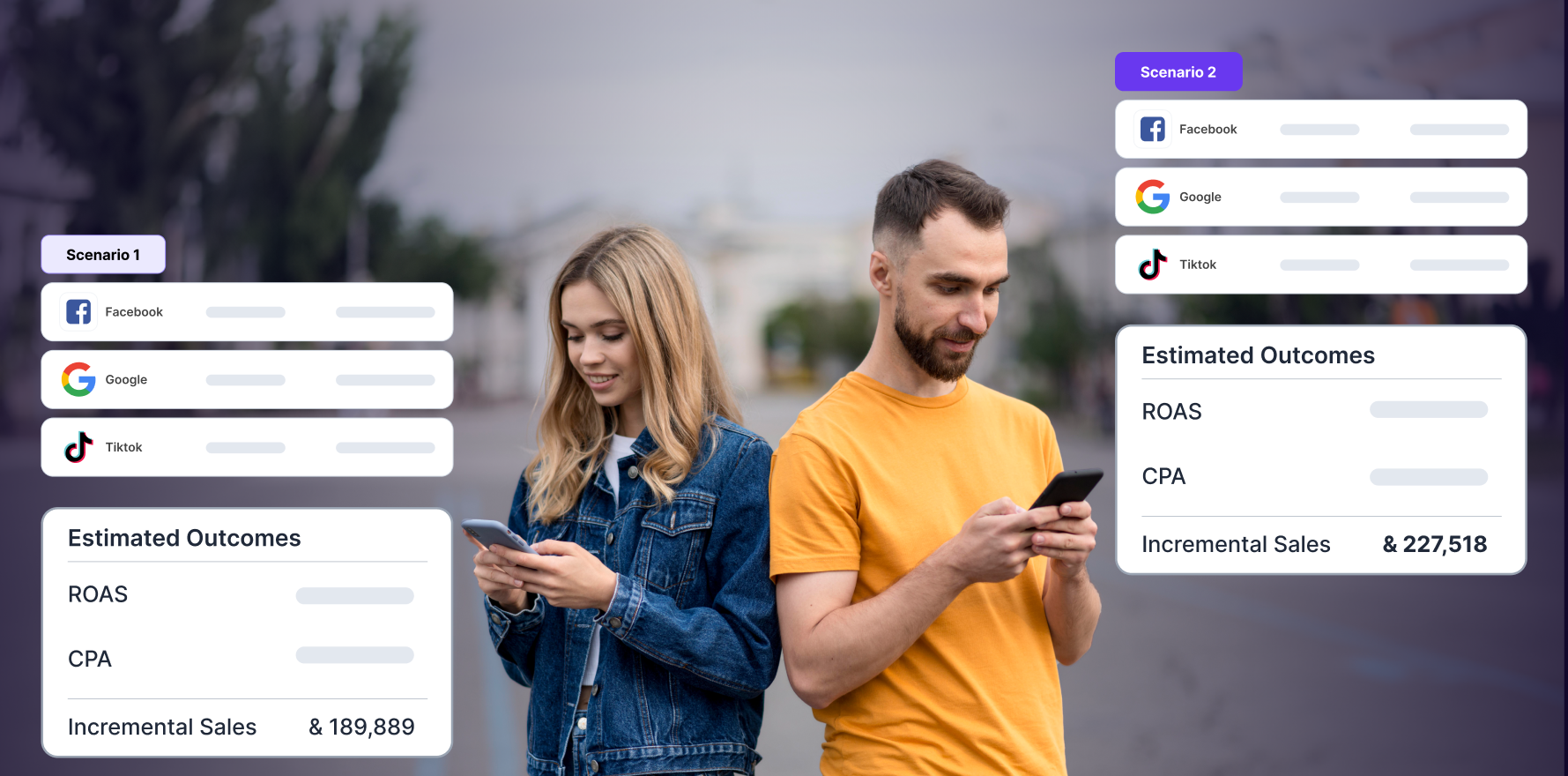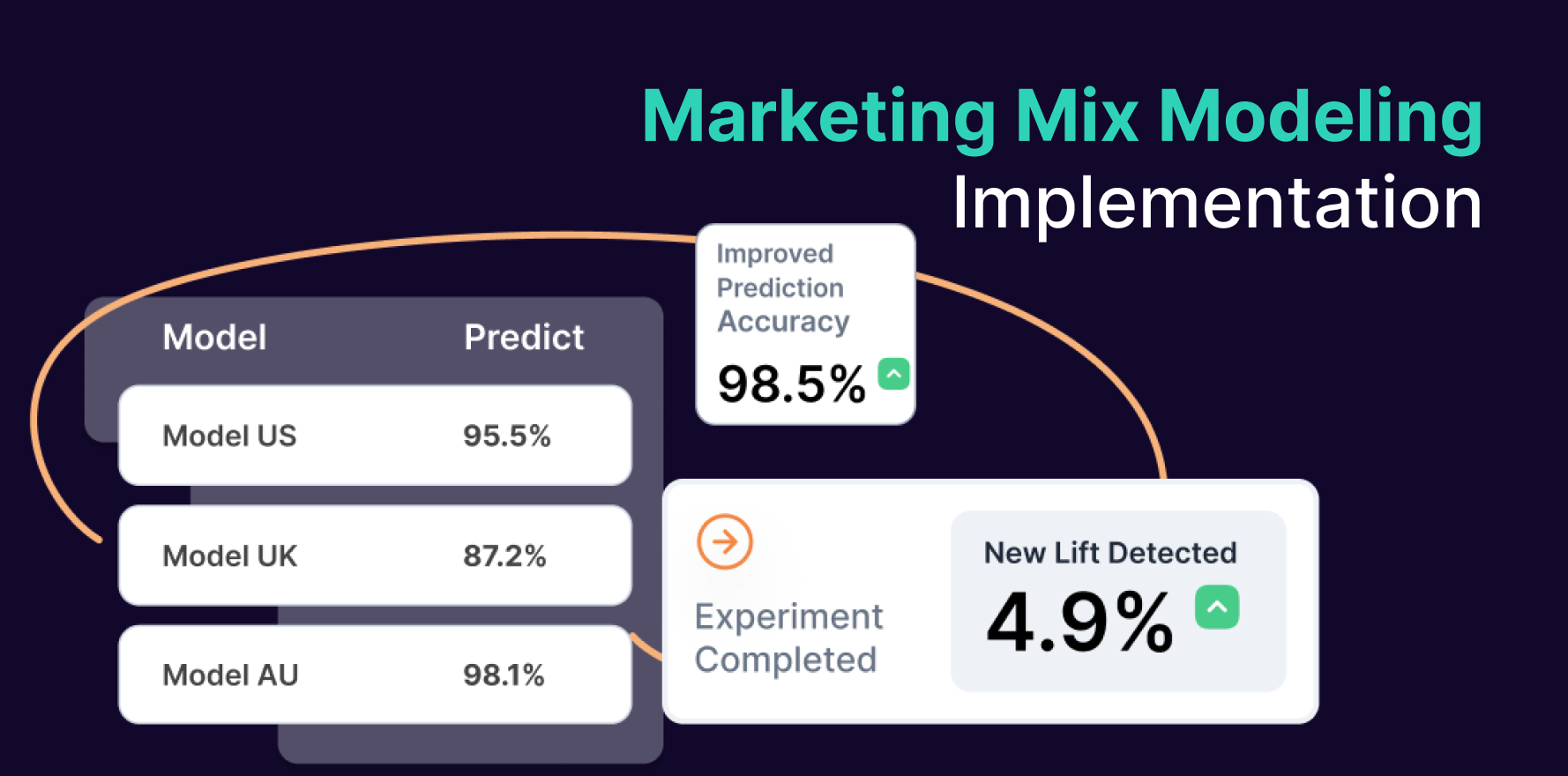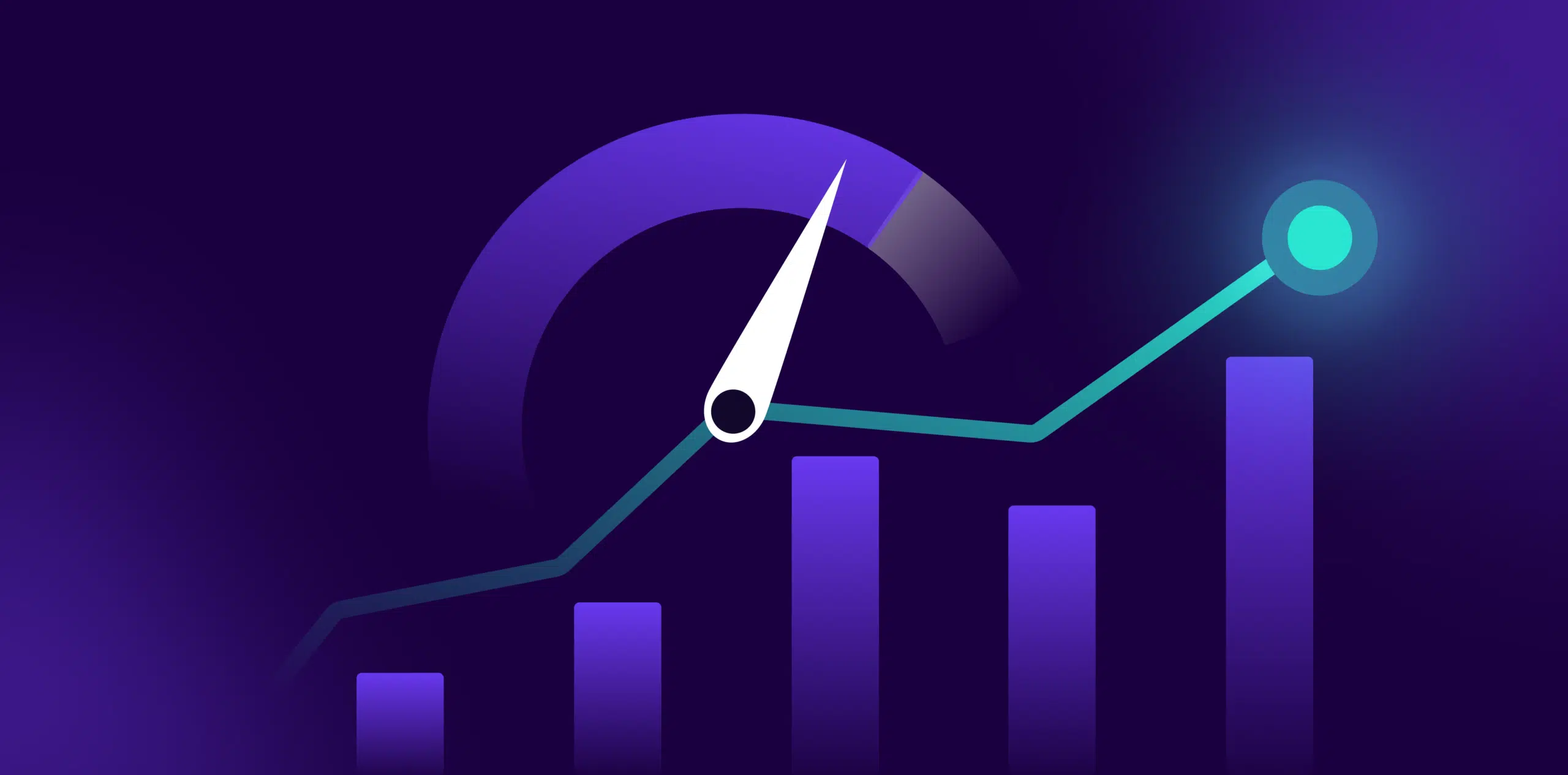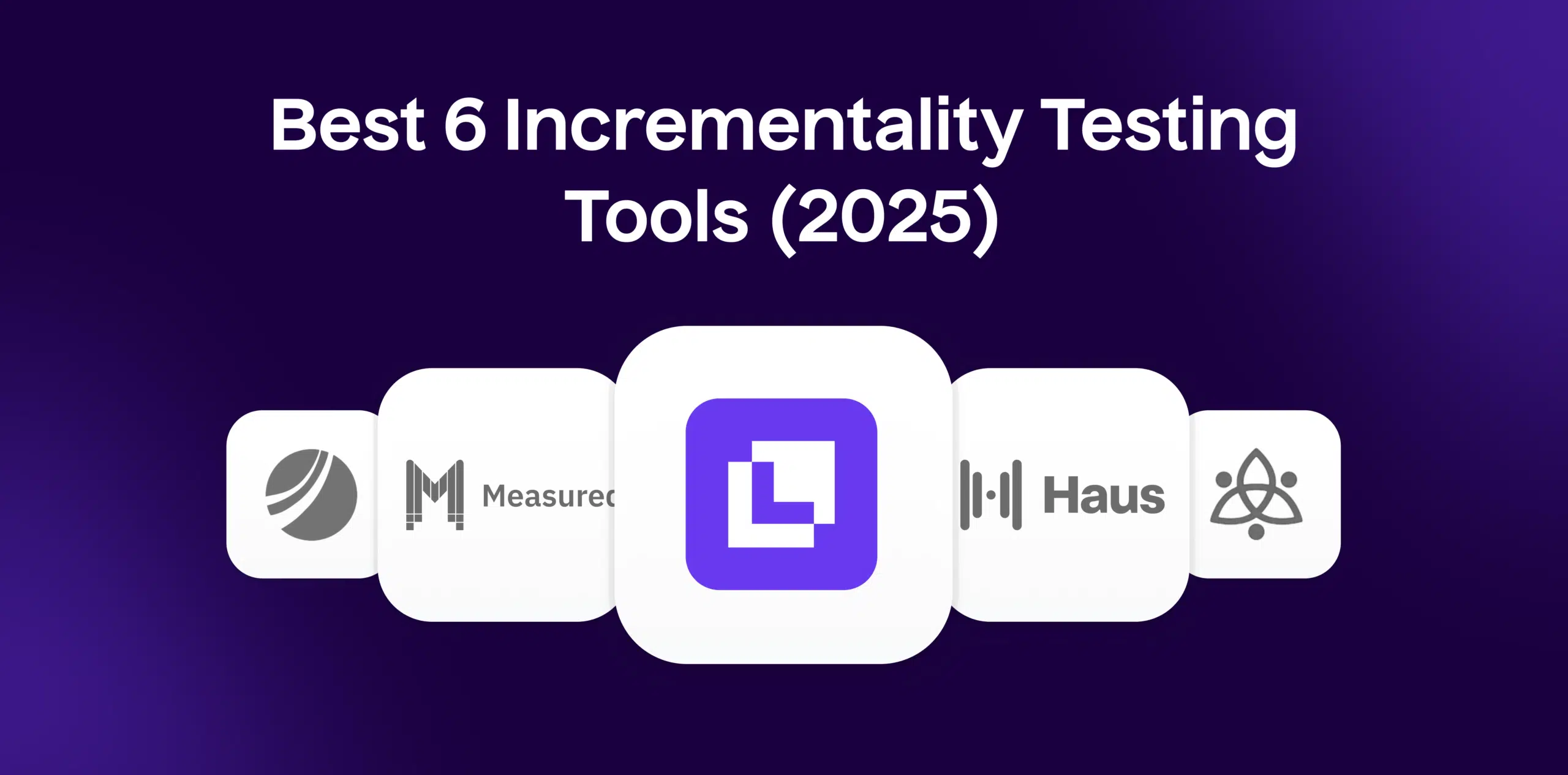What is Average Profit per Customer?
Average Profit per Customer (APC), a vital ecommerce KPI, is a measure of the net profit your business generates from each customer, averaged over a specified time frame. It is a powerful metric that provides insight into how much each customer contributes to your business profitability, thus playing a crucial role in shaping financial and strategic decisions. Knowing your APC helps you to understand your business better, conduct in-depth analysis, tailor your marketing strategies, and measure the success of your business in monetary terms.
Formula
Average Profit per Customer = Total Profit / Total Number of Customers.
Example
Let’s say an online clothing business makes a profit of $30,000 in a month from 2000 customers. Using the formula, $30,000/2000, the Average Profit per Customer for that month is $15.
Why is Average Profit per Customer important?
Average Profit per Customer serves as a clear indicator of overall business health. It helps to identify if your business is generating enough profit from each customer over time. High APC can signify strong customer relationships, good product-market fit, and effective sales strategies. It also provides valuable input for setting customer acquisition budgets. If your APC is low, it might be time to rethink price and cost strategies.
Which factors impact Average Profit per Customer?
Multiple factors can impact APC, such as the type of products or services you offer, price points, costs, customer behavior, market trends, competition, and how effectively your business operates.
How can Average Profit per Customer be improved?
Boosting APC involves three primary strategies; increasing average order value, reducing cost of goods/services, and reducing operating expenses. Personalized marketing, upselling, and cross-selling can help increase customer spending, while streamlining operations, supplier negotiation, and investing in efficient technology can cut costs.
What is Average Profit per Customer’s relationship with other metrics?
APC is closely co-related to Average Order Value (AOV), Customer Lifetime Value (CLV), and Customer Acquisition Cost (CAC). Higher AOV often translates into higher APC. CLV gives the potential profit a business can make from a customer, while CAC showcases the cost of acquiring that customer. Lower CAC and higher CLV typically result in higher APC.
Free essential resources for success
Discover more from Lifesight
























































